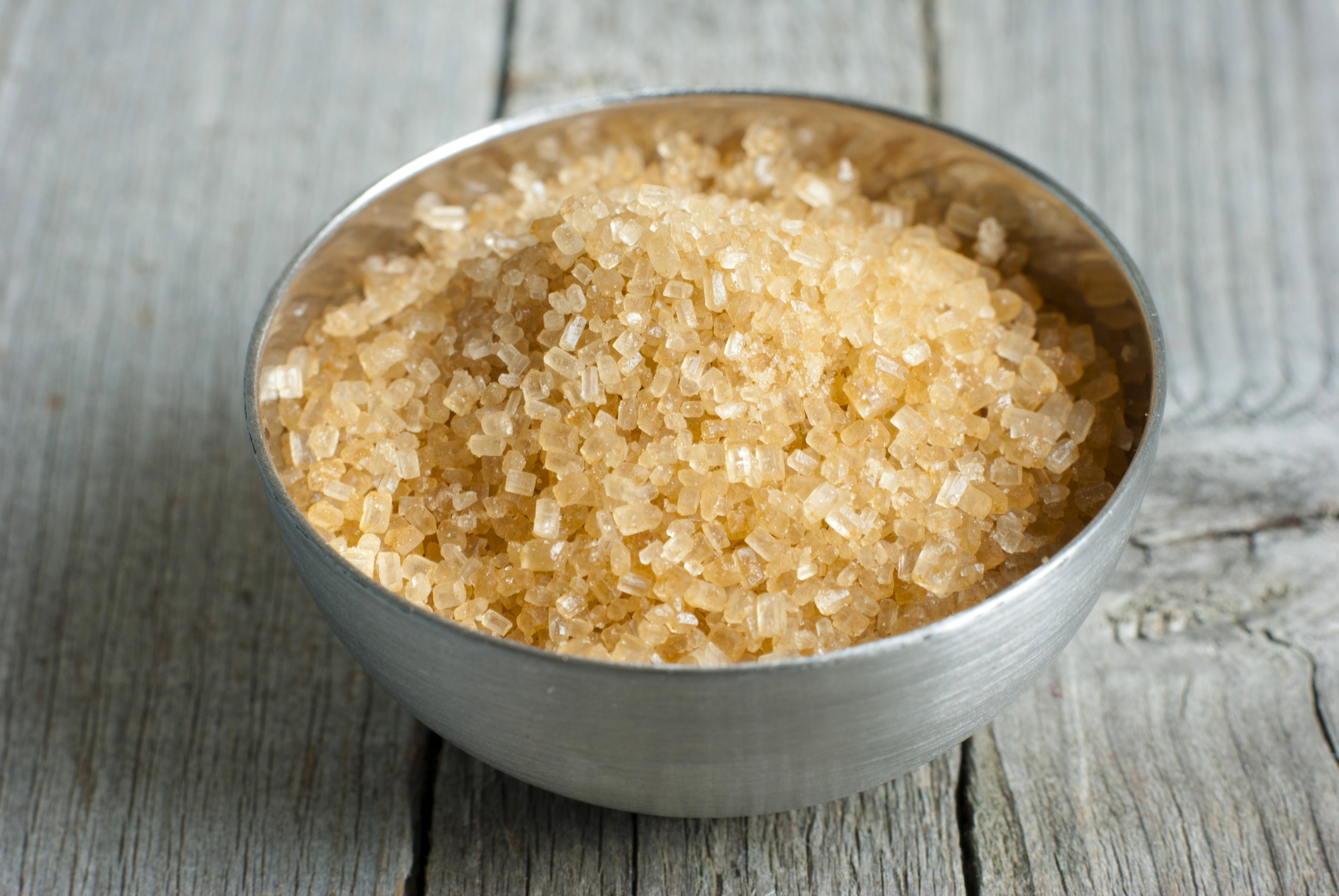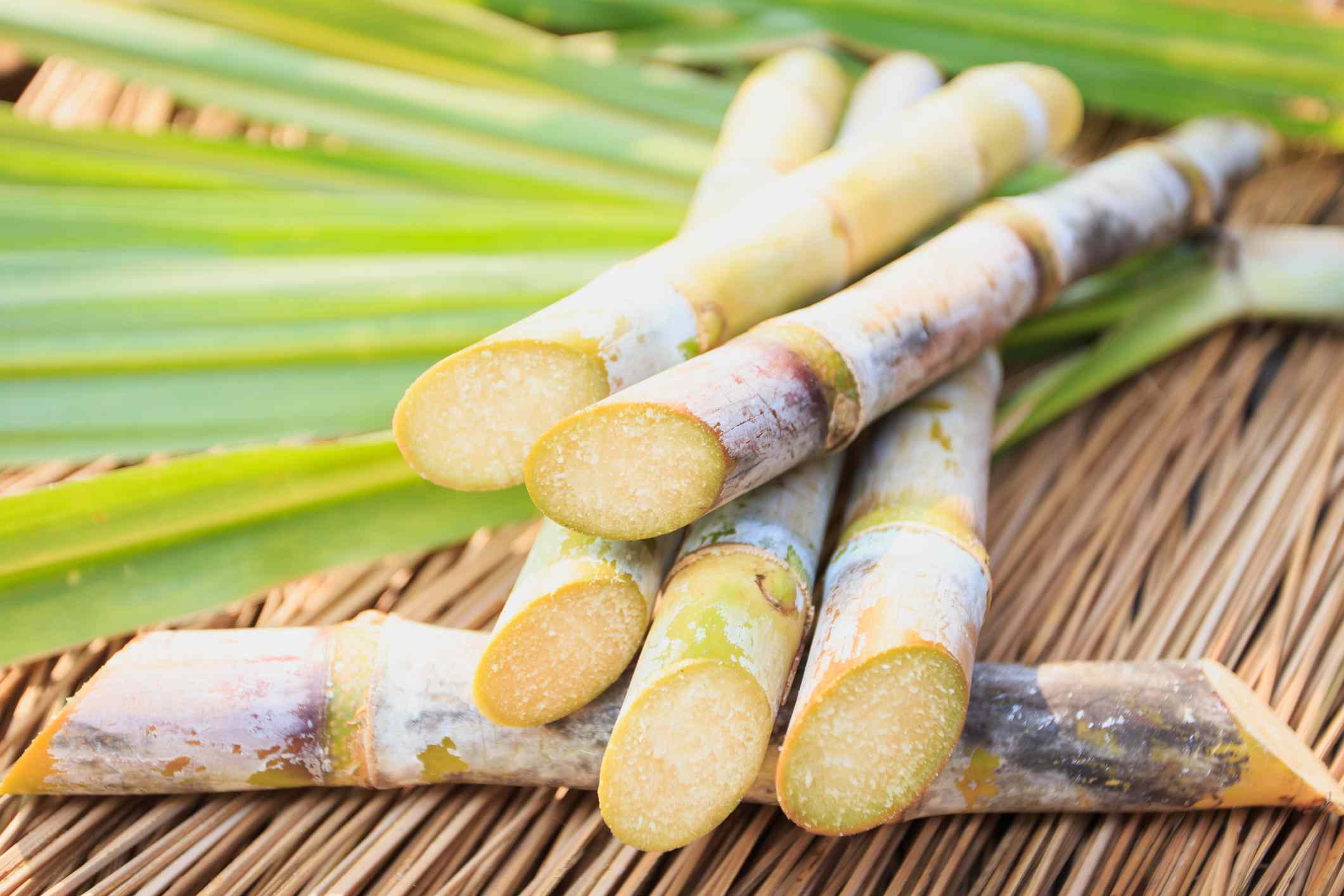Efficient Cane Sugar Processing: Making The Most Of Yield and Pureness
Efficient Cane Sugar Processing: Making The Most Of Yield and Pureness
Blog Article
Recognizing the Essential Strategies and Technologies Utilized in Modern Cane Sugar Processing
The advancement of walking stick sugar processing has been significantly formed by the integration of innovative techniques and innovations that address both performance and sustainability. Enzyme-assisted extraction and innovative refining techniques have actually revolutionized yield optimization, while automation facilitates operational dependability. Furthermore, the emphasis on lasting techniques reflects an expanding awareness of ecological influence. As we explore these critical developments, it comes to be important to take a look at just how they not just boost production but also align with wider market patterns and customer demands, increasing inquiries concerning the future of sugar handling and its effects for international markets.
Historic Context of Cane Sugar Processing
The historical context of walking stick sugar handling exposes a rich tapestry of agricultural development and cultural exchange that has formed its development over centuries. Coming From in Southeast Asia, sugarcane was grown as early as 8000 BCE - Cane Sugar Processing. The procedure of refining and drawing out sugar gained momentum in India, where methods for condensation were improved around the sixth century. This understanding passed through to the Middle East, and by the 12th century, sugar came to be a valued product in Europe, causing the establishment of sugar ranches in the Mediterranean.

Advanced Removal Methods
Efficiency in walking cane sugar extraction has seen significant innovations, driven by the need for higher returns and reduced manufacturing costs. This method not only enhances sugar return but also decreases the energy required for processing.
Furthermore, the fostering of membrane layer purification technologies, such as nanofiltration and turn around osmosis, has revolutionized the separation of sugar from contaminations. These techniques enable the discerning permeation of sugar particles while retaining larger impurities, improving the extraction procedure and decreasing waste.
Furthermore, the combination of continuous removal systems has actually caused improved operational performance. Cane Sugar Processing. These systems keep a consistent circulation of walking cane material, ensuring ideal extraction conditions and lowering downtime connected with batch processing
Ingenious Refining Technologies
Refining strategies in cane sugar processing have actually undertaken a transformative shift, driven by the demand for higher pureness and improved item high quality. One of the most notable innovations is the adoption of membrane layer purification technologies, such as ultrafiltration and nanofiltration. These procedures properly get rid of pollutants and colorants without the demand for extensive chemical treatments, consequently maintaining the sugar's natural flavor and improving its appeal.
An additional substantial advancement is making use of ion exchange materials, which enable selective removal of unwanted ions from sugar remedies. This modern technology not just enhances the total pureness of the last item however likewise adds to minimized waste and ecological impact.
In addition, advancements in adsorption techniques, utilizing triggered carbon and various other sophisticated materials, have confirmed reliable in decolorizing sugar options while maintaining ideal high quality. The integration of these ingenious refining modern technologies makes sure that suppliers can create polished sugar with exceptional clearness and preference, fulfilling the developing choices of customers.
Automation and Control Equipment
Current innovations in refining modern technologies have actually paved the means for substantial enhancements in automation and control systems within walking cane sugar handling centers. These systems use innovative software program and equipment to improve operational efficiency, minimize human mistake, and make sure constant item top quality.
Modern automation integrates various elements, consisting of sensors, actuators, and programmable reasoning controllers (PLCs), enabling real-time tracking and control of vital procedures. As an example, stress, flow, and temperature rates can be exactly controlled during extraction, information, and condensation phases, enhancing performance and reducing waste.
In addition, progressed information analytics and maker discovering algorithms play an essential duty in predictive maintenance, allowing drivers to anticipate tools failures prior to they take place. This positive approach not just reduces downtime yet also prolongs great site the lifespan of equipment.
On top of that, automation assists in the implementation of Market 4.0 concepts, empowering sugar mills to attain higher connectivity and data exchange throughout procedures. Because of this, decision-making ends up being more enlightened and active, inevitably boosting the general competitiveness of walking cane sugar production. With these developments, the market is well-positioned to satisfy expanding worldwide demands while preserving operational quality.
Sustainability Practices in Sugar Manufacturing
Sustainability methods in sugar manufacturing have actually become increasingly necessary as the market seeks to balance economic viability with environmental obligation. As customer understanding grows relating to the environmental impacts of farming methods, sugar manufacturers are taking on innovative methods to decrease their ecological impact.
One significant strategy is the implementation of precision agriculture strategies, which make use of data analytics to optimize source usage, such as water and fertilizers. This decreases waste and reduces the effect on regional communities. Additionally, several producers are transitioning to renewable resource resources, such as biomass from sugarcane byproducts, to power their operations, thus lowering dependence on my site fossil fuels.
Water monitoring practices are additionally crucial; rainwater harvesting and efficient watering systems assist reduce water shortage concerns. Cane Sugar Processing. Furthermore, incorporated pest management approaches minimize chemical use, promoting biodiversity and soil wellness
Business social obligation campaigns are arising, with companies purchasing local areas and making sure fair labor practices. By embracing these sustainability techniques, the sugar market not just improves its track record yet also adds to a much more sustainable farming landscape, leading the way for future generations.

Conclusion
In recap, modern-day walking stick sugar processing includes a series of sophisticated strategies and technologies that substantially boost return, effectiveness, and sustainability. The adoption of innovative extraction and refining methods, alongside automation and control systems, helps with improved operational performance and item top quality. In addition, the focus on lasting techniques emphasizes a dedication to lessening ecological effect and promoting honest production. Collectively, these developments position the cane sugar industry to meet modern needs while addressing crucial worldwide challenges.
The advancement of walking cane sugar processing has actually been dramatically formed by the integration of innovative strategies and modern technologies that deal with both effectiveness and sustainability.The historical context of walking cane sugar handling discloses a rich tapestry of farming my site development and cultural exchange that has shaped its growth over centuries. Technologies in milling and refining arised, laying the groundwork for modern cane sugar handling.Refining strategies in walking cane sugar processing have undertaken a transformative change, driven by the need for greater pureness and improved item high quality.In recap, modern-day cane sugar handling includes a range of advanced techniques and technologies that significantly boost sustainability, efficiency, and return.
Report this page